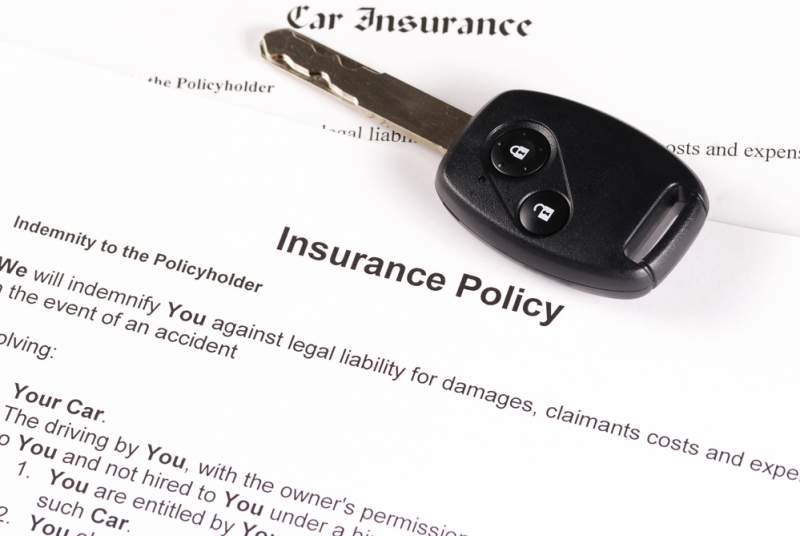Houston Car Accident Lawyers > Articles > Insurance Issues > Is Texas A No Fault State Or At Fault State
Is Texas A No Fault State Or At Fault State

Is Texas A No Fault State Or At Fault State
Insurance law in the U.S. varies from one jurisdiction to another. Depending on the type of insurance law it has, a state can be described as a “no-fault state” or a “fault state”. But there are also states where drivers are allowed to choose one of the two systems when buying auto insurance. Texas has fault based system of personal injury recovery and auto insurance. You need to talk to a personal injury lawyer to understand the details what a fault based system offers.
What Happens In A Fault or At-Fault System?
Within an at-fault system, the negligent or at-fault party is required to compensate the injured party. The insurance company of the at-fault party will pay the injured party to cover for damages such as medical bills, lost wages, or property damage. Each fault state has its own requisite minimum coverage amount. The three basic categories of coverage amounts are:
- Coverage amount for each injured person ( Is $30,000 in Texas)
- Coverage amount for property damage per accident( Is $25,000 in Texas)
- Coverage amount per accident (Up to $60,000 in Texas)
However, the minimum coverage may not be able to cover the whole recovery amount. There are many cases where the injuries and damages suffered by a claimant exceed the coverage amount of the at-fault driver’s insurance. In such a situation, the injured party may have to sue the at-fault driver to cover the difference.
Modified Comparative Negligence In Texas
 Since Texas has a Modified comparative Negligence rule, the injured driver and the at-fault driver can share fault for an accident. You can keep 100% of the damages if the at-fault driver was found to be 100% at fault. If the injured driver or plaintiff is found to be at least 51% at-fault for an accident, the injured driver will not recover anything in court. But if say the police determine that the victim is 25% at fault, the compensation amount will be reduced by 25%. For example, you will only receive $7,500 if you were eligible to collect $10,000 in such a situation.
Since Texas has a Modified comparative Negligence rule, the injured driver and the at-fault driver can share fault for an accident. You can keep 100% of the damages if the at-fault driver was found to be 100% at fault. If the injured driver or plaintiff is found to be at least 51% at-fault for an accident, the injured driver will not recover anything in court. But if say the police determine that the victim is 25% at fault, the compensation amount will be reduced by 25%. For example, you will only receive $7,500 if you were eligible to collect $10,000 in such a situation.
A No-Fault System
In a no-fault system, each party involved in an accident is required to go to their own insurance companies to cover their injuries and damages. People in no-fault states are often expected to own personal injury protection (PIP). That means that you don’t have to prove that the at-fault party was responsible for your accident, which leads to you getting compensation for damages quicker than you would in a fault system.
However, if you experienced a serious injury or your medical bills reach a certain level, you may file a liability claim in a no-fault system. Different no-fault states have different thresholds for what makes an injury serious. For example, full disability for 90 days and significant disfigurement are some of the serious injuries in no-fault states. You can file a liability claim if you suffered only minor injuries.
When The At-Fault Driver Is Uninsured
When the at-fault driver is uninsured in an at-fault state, things can get complicated. However, your lawyer can help you get compensation from the at-fault driver’s employer if the accident happened while they were on the job. You may also be able to file a claim with your own insurance company if you carry Uninsured Motorist Insurance.
